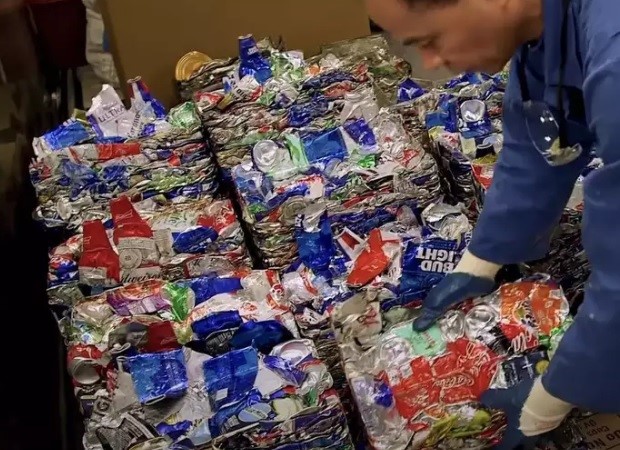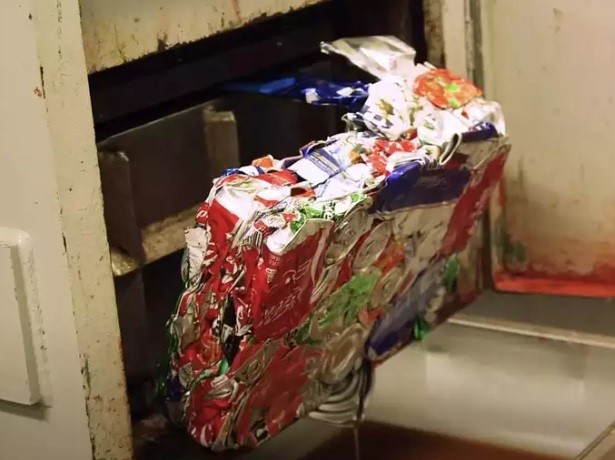

Waste disposal is one of the significant problems the cruise line industry has been dealing with for quite some time now. However, with the latest advancement shown by 'Symphony of the Seas,' one of the largest cruise ship in the world, the problem of disposing of waste ranging from aluminium bottles, cans or even food materials have become a little less complex.

The Symphony of the Seas, operated by Carnival Cruise Lines, is a "zero landfill ship," which implies that it manages its own garbage through recycling and water filtering without polluting the ocean. Also, as per Alex Mago, environmental officer for the ship, the waste management crew divides the Symphony of the Seas' rubbish into recyclables on the lower deck.
Aluminium cans and cardboard are fed through a bailer. To keep the odour from permeating other areas of the ship for up to seven days, aluminium garbage cubes are kept chilled. It is well known that garbage is disposed of in environmentally harmful methods on cruise liners. According to Alaska Public Media, cruise ships dropped more than 3 million pounds of trash in Juneau, Alaska, in 2019.

"Food waste produced on board is sent to a pulper and pulverized to less than 25 mm, as per international standards, and discharged no closer than 12 nautical miles from land," states the waste management guidelines.
Royal Caribbean International owns and operates the Oasis-class cruise liner Symphony of the Seas. She is the fourth ship in Royal Caribbean's Oasis class and was constructed in 2018 at Saint-Nazaire, France's Chantiers de l'Atlantique shipyard.
According to Royal Caribbean, the ship's crew numbers roughly 2,200 people. For a weeklong voyage, the ship's crew may process up to 13,000 pounds of glass by colour-sorting it. According to the company's waste management policies, food waste from Royal Caribbean cruises is dumped at least 12 miles from the nearest point of settlement.
Responses








